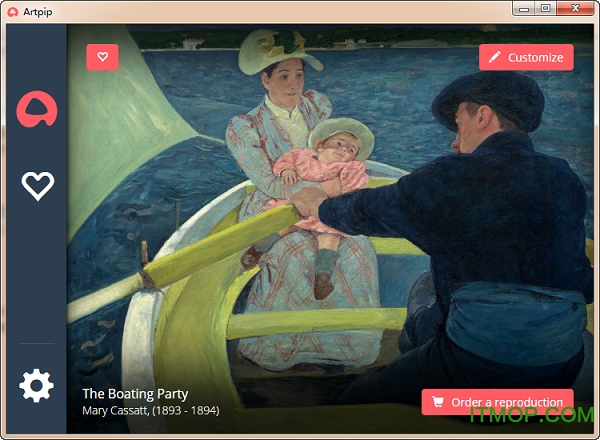

That image led some to believe that the cardinal believed all moral issues carried equal weight, which he did not. The “seamless garment” is an image from the Gospels that the cardinal used to help explain the concept, which was picked up by the popular press following his 1983 speech. “What Cardinal Bernardin was trying to emphasize in his efforts was seeing that all life issues are intertwined and that we have to see this as a ‘seamless garment,’” Bishop Kicanas said. He said during a recent interview with America that the late cardinal, who passed away in 1996, was persistently criticized during his career for promoting the consistent ethic of life because of a misunderstanding about how the framework approached abortion. Millies put it, the thinking among those drawn to Cardinal Bernardin’s formulation was, “The church cannot be satisfied that every child conceived will be born and brought into a world where a moment later a nuclear war might end human civilization.”īishop Gerald Kicanas, who recently retired as the head of the Diocese of Tucson, was an auxiliary bishop in Chicago under Cardinal Bernardin. bishops to consider broader issues affecting human life.Īs Mr. The threat of nuclear war in the early 1980s spurred U.S. bishops to consider broader issues affecting human life and part of that effort included the 1983 publication of a pastoral letter written by the cardinal, “ The Challenge of Peace: God’s Promise and Our Response.” A few months later, Cardinal Bernardin gave a lecture at Fordham University in which he laid out his vision in more detail. It was not until he was made archbishop of Chicago a few years later that Cardinal Bernardin formally explained the concept of the consistent ethic of life. Millies said, “he was very conscious of trying to find a way to make sure that everything else didn’t get lost.” Millies, he feared “abortion could completely take over the American Catholic political engagement.” As a result, Mr. Wade to legalize abortion a few years prior-a decision he called “evil” four times in a single paragraph immediately after the court handed down its ruling.ĭuring the first presidential election following Roe, in 1976, Archbishop Bernardin was president of the U.S.

Millies, the director of The Bernardin Center at Catholic Theological Union in Chicago and a biographer of the late archbishop, said that then-Archbishop Bernardin used the phrase “consistent ethic of life” as early as 1976 as he struggled with how the church should approach social issues in light of the Supreme Court’s decision in Roe v.

Today, some bishops, including Cardinal Joseph Tobin and Bishop Gerald Kicanas, say the consistent-ethic or “seamless-garment” approach to how Catholics operate in the public square could be especially helpful as the church grapples with issues like migration, health care and even taxes.Īrchbishop Bernardin feared “abortion could completely take over the American Catholic political engagement.” This ethos, first made famous in the 1980s by Cardinal Joseph Bernardin, was crafted at a time when abortion, the death penalty and nuclear war were forefront on the minds of many Catholics. The focus on the pro-life committee vote did, however, give renewed attention to a way of approaching a litany of thorny social and political issues: the consistent ethic of life. Since bishops are reluctant to discuss issues of voting publicly, it will perhaps remain unclear why they broke tradition and elected an archbishop over a cardinal for the post or why nearly three-dozen bishops abstained from the vote. bishops in Baltimore, several reporters and commentators zeroed in on the election for the chairman of the bishops pro-life committee as something of a referendum, either on Pope Francis, on one of his champions in the United States, Cardinal Blase Cupich, or both. In the run-up to this week’s meeting of U.S.


 0 kommentar(er)
0 kommentar(er)
